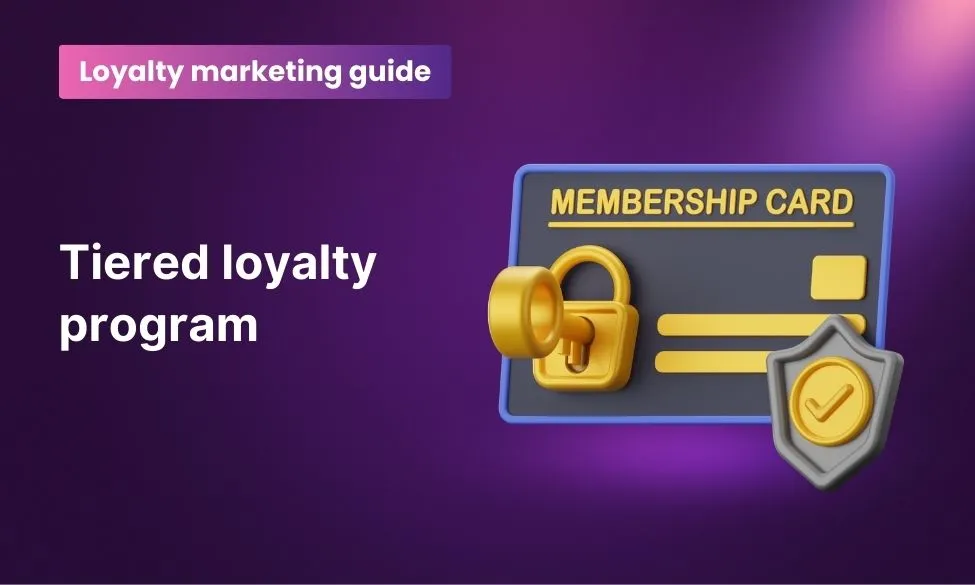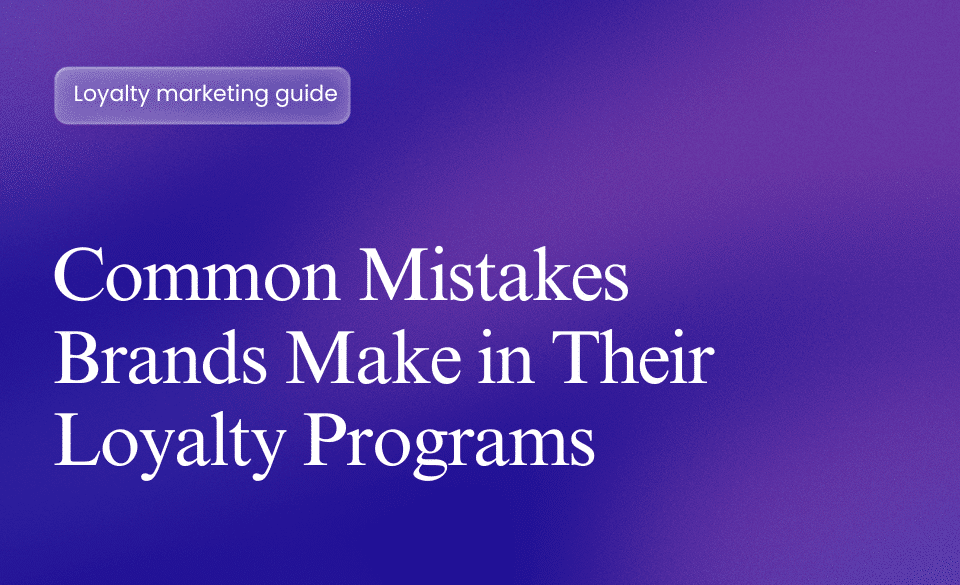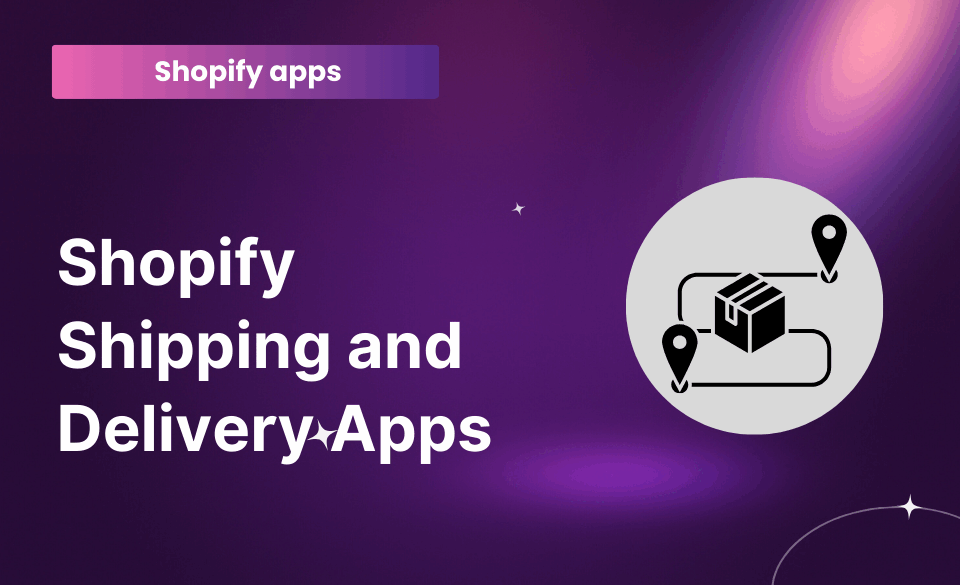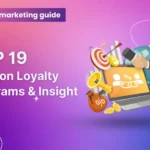
Top 19 Fashion Loyalty Programs & Insight for 2024
6 August, 2024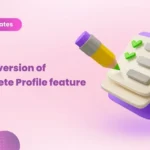
New updates: A new version of “Complete Profile” feature
12 August, 2024Do you know what a tiered loyalty program is and how it can help your company? This blog is an answer for you.
We’ll provide loyalty program tiers that are explained by breaking down the main ideas and revealing the key to their success. Additionally, we’ll provide 7 fascinating examples of tiered programs used by top organizations across sectors to build enduring customer connections.
What Is A Tiered Loyalty Program?
Tiered loyalty programs reward customers depending on engagement or spending, in contrast to typical “earn and burn” programs that give all members the same rewards.
Key aspects of this multi-level loyalty program are listed below:
- There are many levels or tiers, often with names like Bronze tier, Silver tier, Gold tier, and Platinum tier.
- Rewards and benefits increase with every tier to encourage customers to proceed. These include bigger savings, early access to deals, personalized offers, free shipping, and more.
- Associating incentives with defined behaviors motivates users to keep engaging and spending. Examples of this include recommendations, reviews, and purchases.
Benefits Of Tiered Loyalty Programs
Businesses that use a multi-level loyalty program to build strong customer relationships and increase sales have several benefits.
First, 74% of consumers agree they would increase customer engagement with tiers, according to ebbo’s research. This makes sense since customers must make repeat purchases or leave reviews to level up in the program and get access to better perks.
Second, each member’s engagement in loyalty programs is recognized and rewarded. From there, they foster a sense of value and appreciation for loyal customers. It makes the loyalty program rewards structure enhance customer loyalty.
Third, multi-level loyalty program levels help increase average order value. This makes sense since 75% of member in loyalty programs will increase their purchases from the businesses they associate with, according to PYMNTS’s research.
Finally, personalized rewards for loyal customers show customers you value their business. It leads to higher customer satisfaction.
How Does A Tiered Loyalty Program Work?
A tiered loyalty program breaking it down into three primary phases:
- Point accumulation.
- Tier progression.
- Reward redemption.
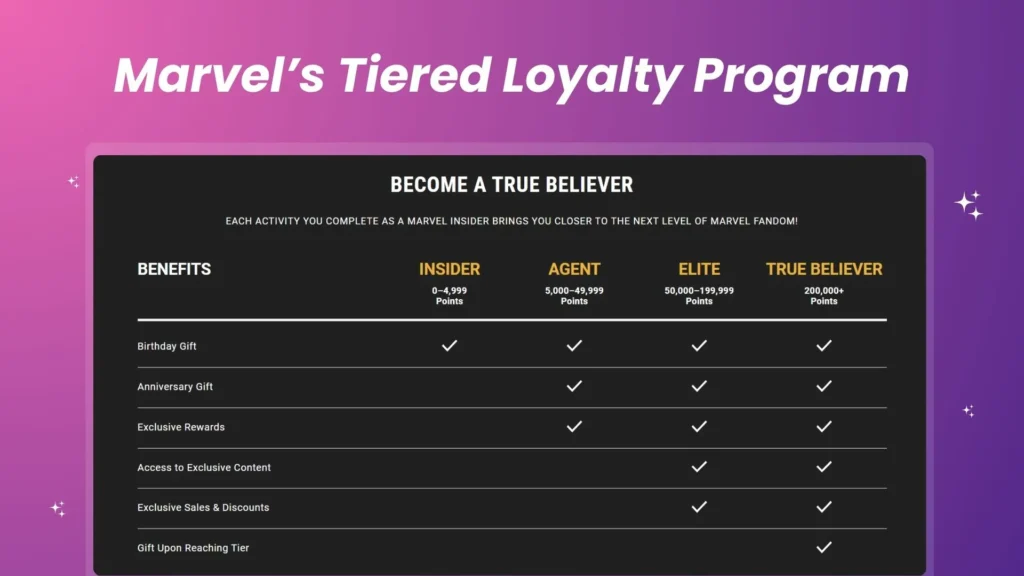
We’ll examine Marvel’s loyalty program from the standpoint of the member:
During the point accumulation stage, as an Insider member at the lowest tier, we accumulate fan-level points by keeping up with the latest news, playing Marvel video games, listening to the newest podcast, and seeing the latest trailers and videos. We think of these as things that any fan of Marvel would do, and now their program allows them to get points for doing those things.
After accumulating 5,000 Marvel points, we were promoted to Agent members and received exclusive rewards such as a free Avengers video background, etc… If keep participating, we might hit the True Believe level, giving us early access to exclusive content and custom gifts.
Key Components Of An Effective Tiered Loyalty Program
Take our example of how Marvel’s loyalty program works above. Successful multi-level loyalty programs need the following essential components:
- Clear tier system and the perks that come with it. A system of earnable points that encourages customers to interact with and buy from you.
- Customer rewards like discounts, free delivery, or exclusive products are significant.
- Simple rules for how to make and spend points in the game.
- Regularly notifying people about changes, perks, and new rewards is needed.
- A way to improve your loyalty program and award system that is based on data.
How To Create A Tiered Loyalty Program?
Let’s get started now that you understand the possibilities of loyalty program rewards structure. This is a comprehensive guide that will help you create a strong multi-level loyalty program for your company.
Step 1: Define Your Goals & Design Tier Structure
Before you begin, define your program’s aims. Do you want more users, a higher average order value, or repeat customers?
Goal 1: Increase Customer Acquisition
The program goal is to design a loyalty program rewards structure with a low barrier to entry (the first tier) that offers incentives for signing up, like a welcome bonus point or discount for a first buy.
This goal is suitable for you if you’ve just launched a new brand and need to attract new customers.
Goal 2: Boost Average Order Value
The program goal is to create a tiered program where higher tiers are unlocked by exceeding a minimum purchase amount.
Goal 3: Drive Repeat Purchases
The program goal is to install a points-based system where everyday purchases earn points. Award points faster for higher-value orders or for visiting multiple times a week. Use points for free beverages or discounts on future purchases.
You should think about this goal if you own a local coffee shop and want to encourage customers to visit more frequently.
Establishing clear goals will help you to change your program as necessary and check its effectiveness later on.
Step 2: Choose A Loyalty Program Platform
There are a number of loyalty program platforms that may simplify program administration and execution once you’ve decided on and designed the program’s rewards structure.
For Shopify store focus:
If you have a Shopify store, we recommend BON Loyalty. This Shopify loyalty app maximizes revenue per customer with VIP Tier customs with rewards customization ways to earn points. Also, your loyalty program can be promoted with BON’s widgets, pop-ups, and automated emails.
BON Loyalty is suitable for your Shopify store if your aim is to drive repeat purchases by creating a points-based system.
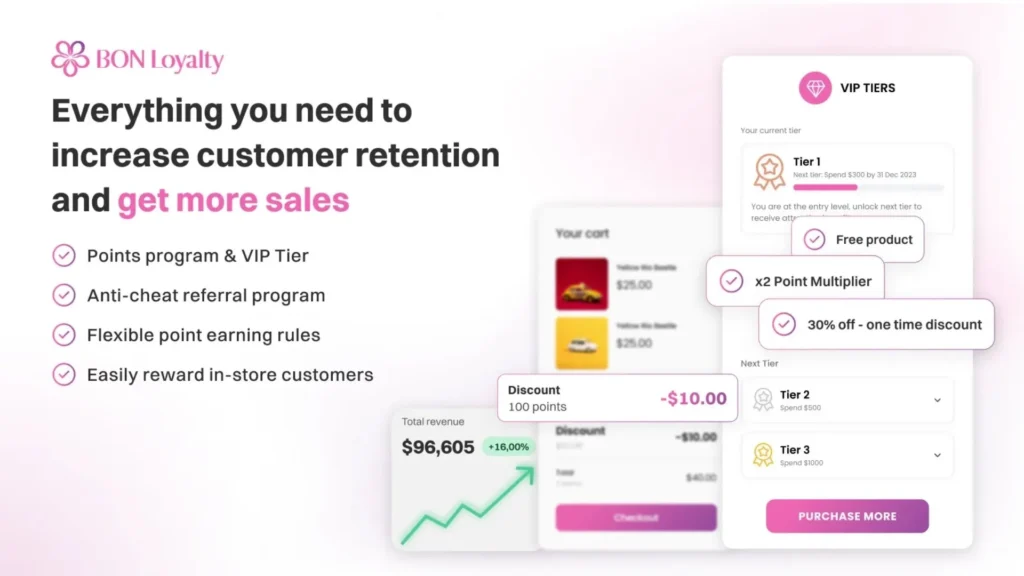
Shopify offers a user-friendly platform to help you get started. You can create a thriving online store with its robust features and customizable options.
Start your Shopify journey today and unlock your business’s full potential!
If you own e-commerce stores in BigCommerce or Wix, the Smile.io loyalty program platform may suit you. Their interface makes creating and customizing your loyalty program easy. Even if you’re not a technical expert.
For off-store (Brick-and-Mortar focus):
You might be suitable for the LoyaltyLion platforms. While LoyaltyLion offers robust features for online stores, it also excels in the off-store space. Also, LoyaltyLion offers mobile app integration for customers to track points and access rewards easily.
Read more: 10+ Loyalty Programs Software For Small Business.
Step 3: Promote The Program To Customers
For pre-launch buzz:
You can get people excited about a new program by sending email teasers or making posts on social media that hint at it. Customers become curious and want to learn more as a result of this.
For the launch day of your tiered loyalty program:
If you have a physical store, you can use in-store signage with eye-catching posters, shelf talkers, or displays at checkout counters.
Like Arken Optics’ VIP Program, you may create a Terms & Conditions page and tier table.
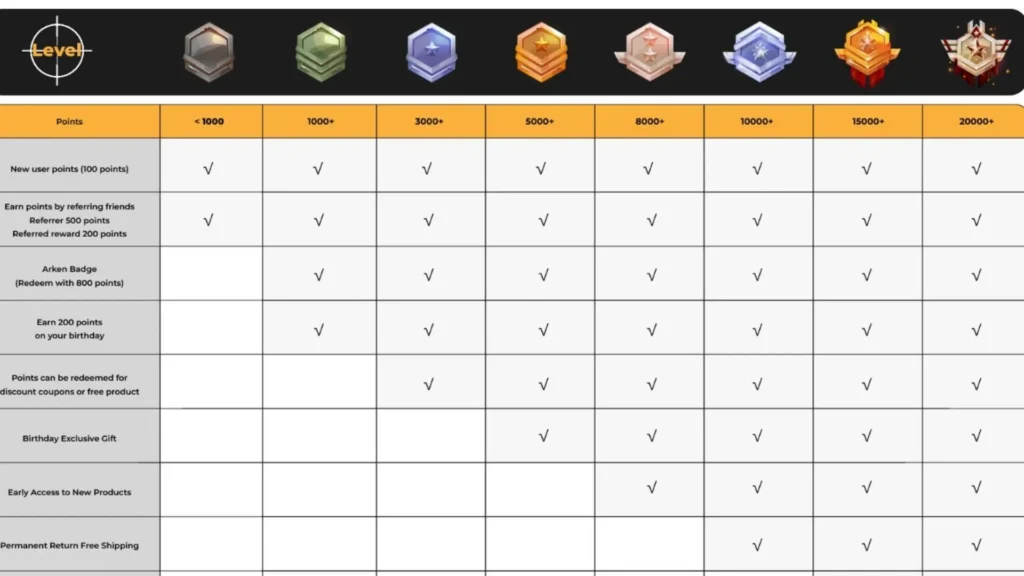
For ongoing engagement:
The program lets you add gamification elements like point multipliers, tier progress bars, and badges. This increases competitiveness and enjoyment as well as encourages constant participation.
Step 4: Monitor And Adjust Based On Performance
Here are some key tired program metrics you should track to measure its success and identify areas for improvement:
- New Member Signups is the number of new customers joining your program over a specific period.
- Tier Uplift Rate is the percentage of members who move up to higher tiers within a specific timeframe.
- Redemption Rate is the percentage of points or rewards redeemed by members.
- Measuring loyalty program ROI by comparing the program’s costs to the revenue generated and customer lifetime value improvements.
If you see a low signup rate, it could be a lack of program awareness. To make things better, you can use advertising methods like shop signs, website ads, and social media efforts to get the word out.
Read more: 17 Proven Techniques to Increase Loyalty Program Sign-Ups.
7 Best Examples Of Tiered Loyalty Programs
Although we have studied the mechanics and advantages of loyalty program rewards structure, seeing them in practice may be very motivating. In this part, let’s examine real-world examples, from digital giants like Amazon Prime to beauty behemoths like Sephora.
1. Sephora Beauty Insider
Sephora’s Beauty Insider program is the best example of a great loyalty program that we’ll talk about in this blog post. Every level, Insider, VIB, and Rouge, comes with its own set of rewards.
So, why do they succeed?
We think Sephora’s success to their community. According to Motista’s survey, customers having an emotional connection to a brand are 71% more inclined to suggest it. Sephora did it too well.
As you can see in the image below, Sephora has applied gamification techniques to make social recognition programs very well. They award badges to members who contribute a lot and rank trending in galleries with content provided by users themselves.
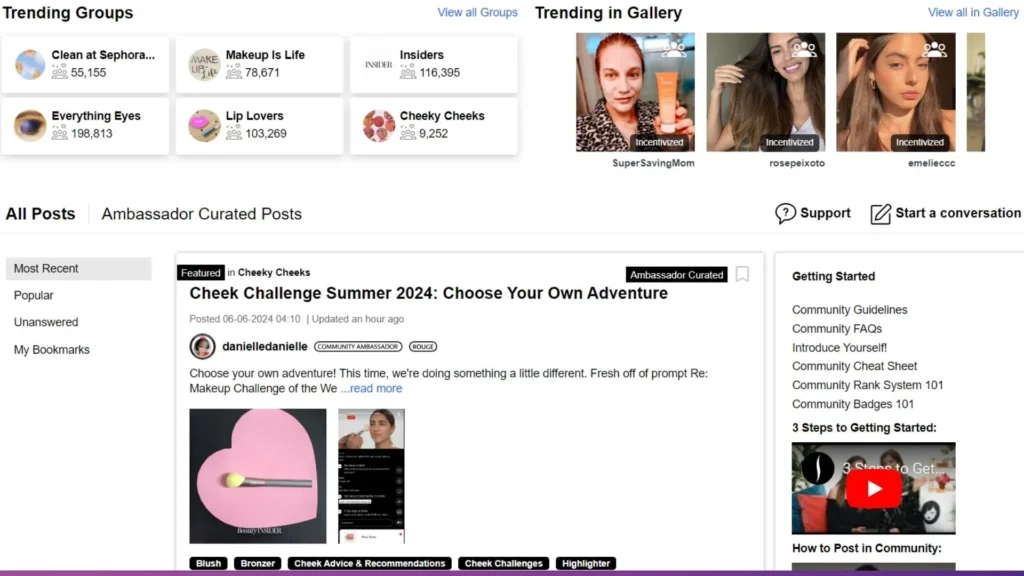
Sephora Beauty Insider community naturally drives word-of-mouth marketing. An article in Newsweek proved this, Sephora’s multi-level reward program has over 34 million users and is thought to be one of the best in the US.
Read more: Learn from Sephora’s Beauty Insider to Grow Your Online Business.
2. Starbucks Rewards
Continuing the success story is Starbucks Rewards. Unlike Sephora’s program, Starbucks does not name each tier. Instead, they set “star” milestones with different gifts. For example, Starbucks members need 25 stars to customize their drink and 400 stars to select exclusive Starbucks® merchandise.
So, why do they succeed?
We believe mobile app integration with loyalty programs is a key factor in Starbucks’ success. Their app allows customers to seamlessly place orders for on-the-go ordering, make payments, track their star progress, and redeem points. This fits right in with the food and beverage industry’s focus on takeaway choices.
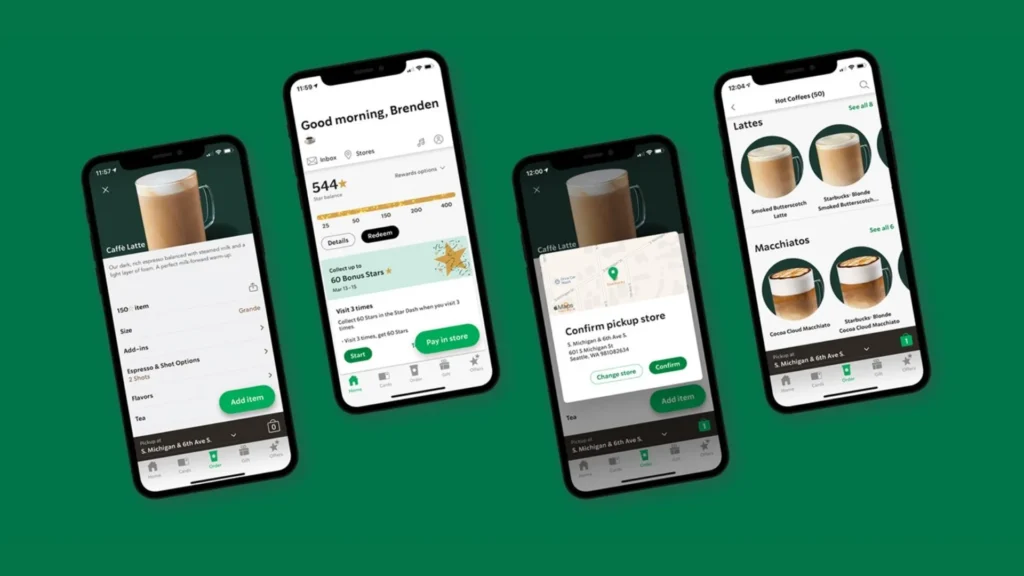
Manifest research backs this up by showing that almost half of all mobile users use restaurant apps, and a big chunk of those members (48%) use the Starbucks Rewards program.
3. Amazon Prime
Amazon Prime is the only paid loyalty program mentioned in this blog. Members may join from any country and enjoy shopping, streaming, entertainment, and more benefits.
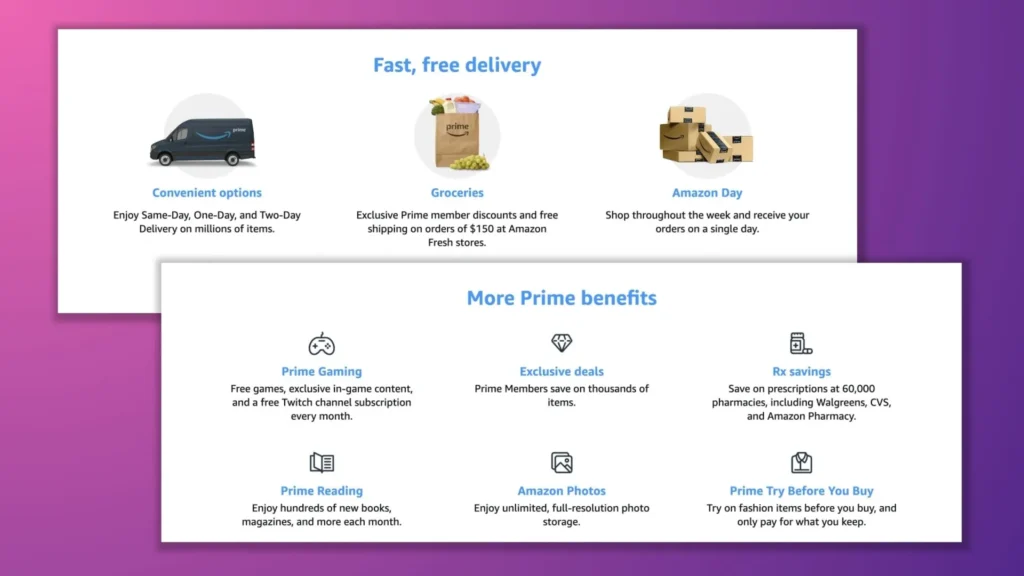
So, why do they succeed?
We like the deals and discounts that Amazon Prime provides, just like all customers. Prime members are entitled to Prime Early Access, which allows them 30-minute early access to Amazon Lightning Deals. Especially on Prime Day, Amazon usually runs discounts for 4-6 hours.
This press release by Numerator highlights key findings from the first 32 hours of Prime Day 2024. The Prime Day Purchase data shows an average order value of $60.03 (up from $56.64 in 2023).
4. Nordstrom Rewards
Nordstrom is a luxury brand of shoes, clothing, jewelry, dresses, and makeup. LileSephora’s Beauty Insider program also has three tiers: Member, Influencer, and Ambassador.
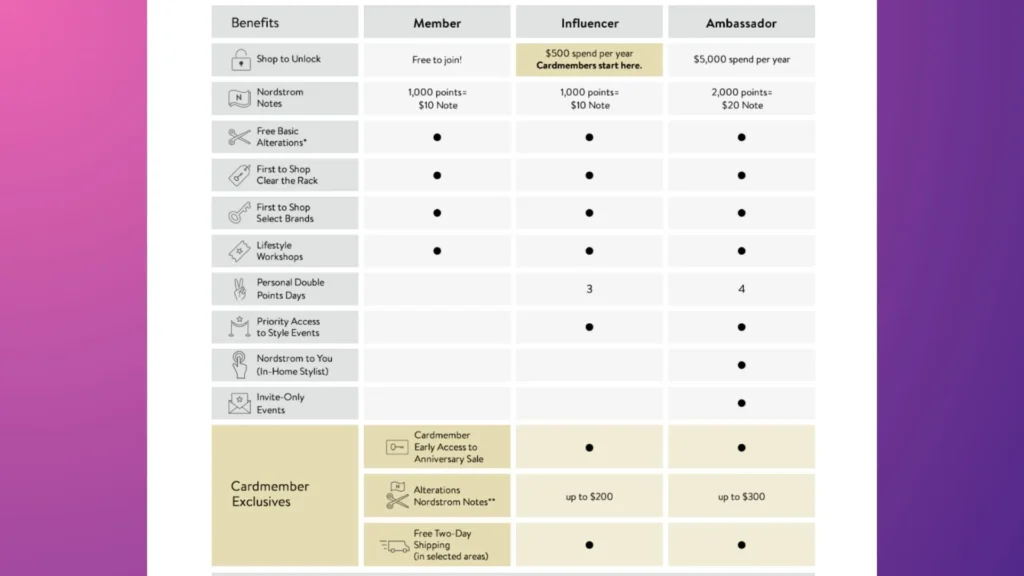
Why do they succeed?
In our opinion, Nordstrom Rewards is successful because it addresses customer insight.
As you can see in the image above, at the highest level, Ambassador, members will be invited to exclusive events such as anniversary sale fashion shows, Icon-Only events, etc,… This reward is extremely valuable for fashionistas.
5. Hilton Honors
Hilton Honors is a hotel rewards program. Clients can earn bonus points for every night you stay with them and exchange points for free nights and more.
Why do they succeed?
Similar to Nordstrom Rewards, which we mentioned above, Hilton Honors is successful because of the attractive rewards and value it offers. Frequent travelers can enjoy deals on hotels and flights and even exclusive deals on meals, amenities, activities, and all-inclusive resorts.
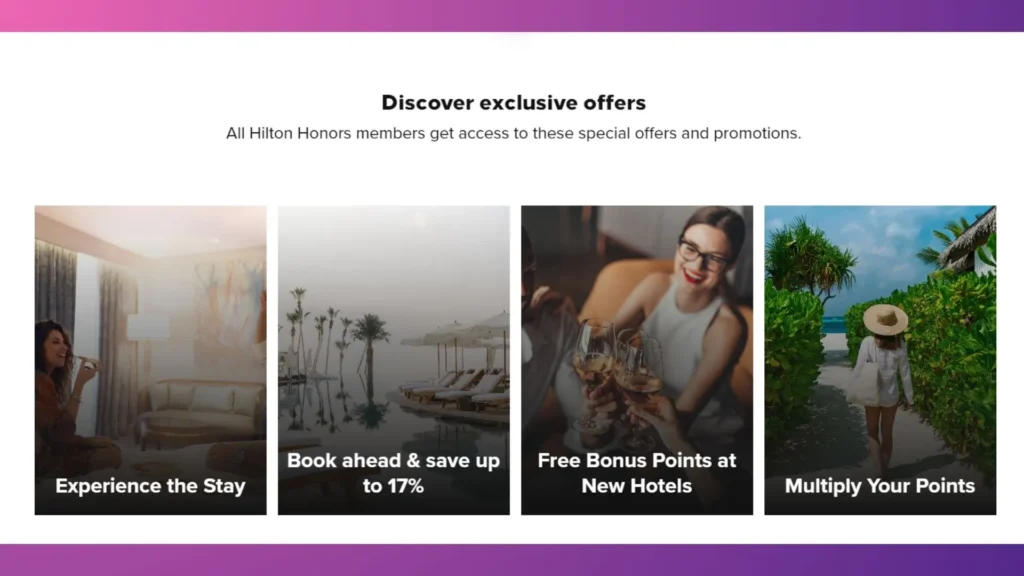
6. Marriott Bonvoy
Similar to Hilton Honors, which we mentioned above, Marriott Bonvoy is also a hotel-tiered rewards program. They have very clear tier benefits with up to five levels:
- Member Silver.
- Elite Gold Elite.
- Platinum Elite.
- Titanium Elite.
- Ambassador Elite.
At the highest level, loyal members will enjoy Ambassador Service, dedicated personal Ambassadors available to assist, and many other attractive privileges.
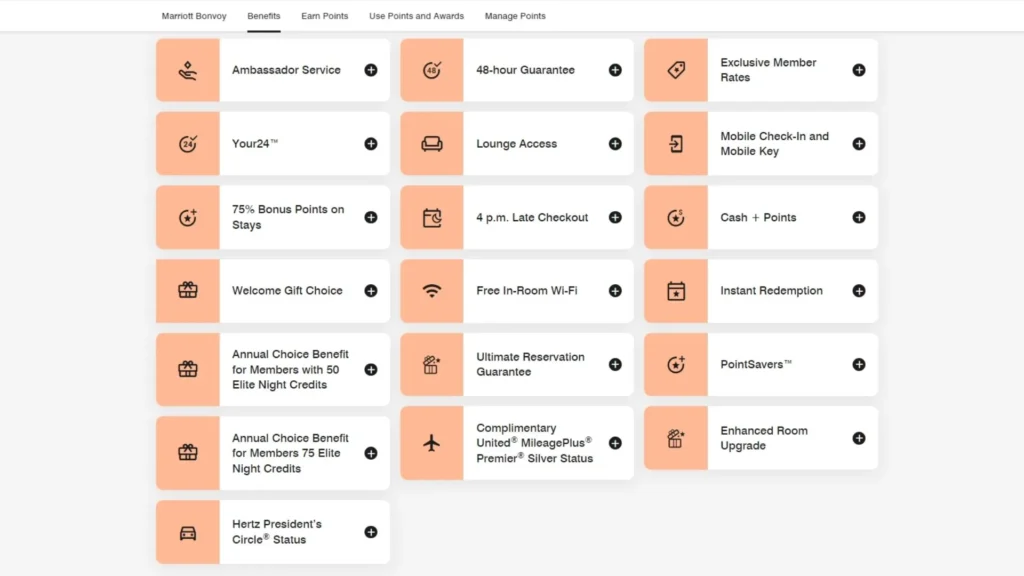
Why do they succeed?
We rate the Marriott Bonvoy program higher than Hilton Honors because the Marriott Bonvoy program has divides levels with rewards for each value. That motivates Marriott Bonvoy’s loyal customers to use their services more often.
7. Ulta Ultimate Rewards
The Ulta Ultimate is a cosmetic brand with a rewards program similar to Sephora’s Beauty Insider program. Ulta Ultimate Rewards is divided into three levels:
- Member tier.
- Platinum tier.
- Diamond tier.
We really like birthday rewards for members from the Platinum tier and above. We like this gift so much because Ulta Ultimate allows members to choose the cosmetics they want to receive. This is also a customer experience improvement by allowing customers to try cosmetics for free.
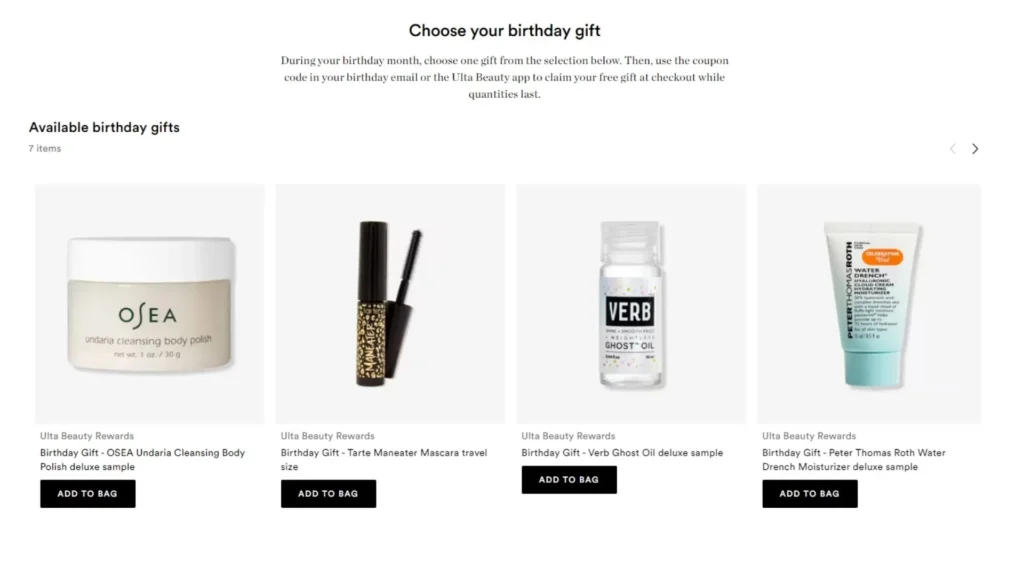
3 Pro Tips For Maximizing The Effectiveness Of Tiered Loyalty Programs
Consumers are drawn to novelty. Consequently, it’s important to keep the rewards new to maintain participant interest and excitement in the program. Here are some tactics to keep people interested:
Pro tips 1: Regularly update and refresh rewards: To thank higher tiers, you may work with relevant businesses to provide special goods or experiences. This enhances diversity and meets customers’ varied interests.
Pro tips 2: Use customer feedback to improve the program:
It’s important to track consumer conversations about your program on social media. Then, resolve any unfavorable reviews as soon as possible and use compliments to attract new members. Get inspired by Sephora Beauty Insider to build your community where you’ll more easily gather customer feedback.
Pro tips 3: Ensure seamless integration with other marketing tools:
You can choose a customer loyalty program management app with an integrated CRM (Customer Relationship Management) system feature. This lets you personalize marketing campaigns based on member data and tier level. From then, you can maximize the reach and effectiveness of your efforts.
FAQs
1. Why are tiered loyalty programs so attractive to customers?
Customers have a sense of achievement as they earn points and progress through the stages. Additionally, there are often perks, such as rewards or improved service, that come with climbing the corporate ladder. Customers who prefer to know they’re appreciated may like this.
Finally, customer behavior and purchasing patterns can be personalized rewards in tiered programs. As users interact, higher levels give more large rewards. This makes this program more desirable.
2. What is a tiered reward structure?
Tiered loyalty programs separate individuals into groups and provide them with various advantages depending on their spending or program activity.
3. Which kind of rewards are most effective for tiered loyalty programs?
The ideal structure for a loyalty program’s rewards depends in part on goals and target audience. To gain ideas, we suggest that you follow the best practices for tiered loyalty programs that we discuss in this article.
4. How can I effectively promote my tiered loyalty program?
We suggest dropping hints about the release via web ads, social media posts, or email campaigns to get people excited. Next, list a few of the most important advantages and rewards that members need to be anticipating.
Finally, you can allow members to share their achievements or tier advancement on social media platforms. This creates a sense of community and encourages friendly competition.
Conclusion
We have examined many loyalty program instances for companies and described tiered loyalty programs in this blog article. Recall that your connections with consumers may be greatly impacted by a well-designed tiered program.
Ready to install a Shopify tiered loyalty program but overwhelmed? BON Loyalty is the only place to look. Our area of expertise is assisting Shopify companies in setting up and running successful loyalty programs that provide outcomes.
Visit our blog for further guidance on optimizing your loyalty program.
Lindsey Nguyen is a Content Marketing Specialist at BON Loyalty, specializing in digital marketing and eCommerce. At BON Loyalty, she crafts content that empowers Shopify store owners to build and sustain thriving customer relationships through innovative loyalty programs. Her articles, often featured on the BON Loyalty blog, provide valuable strategies and insights that help businesses enhance customer loyalty and increase customer lifetime value.
